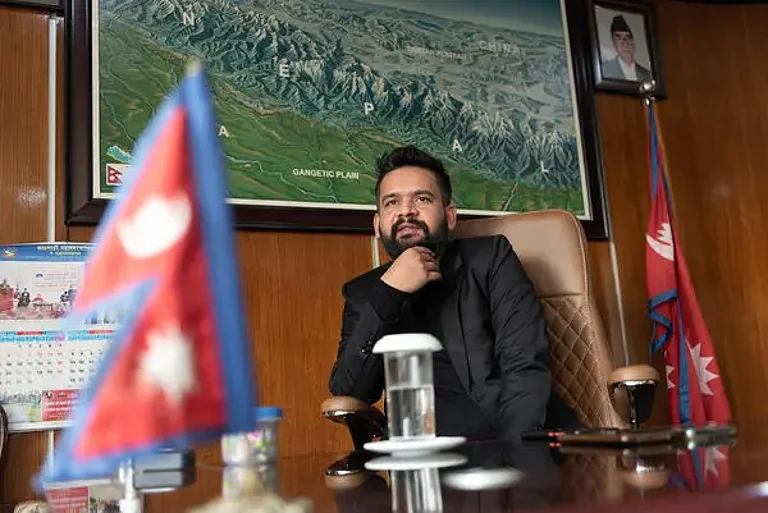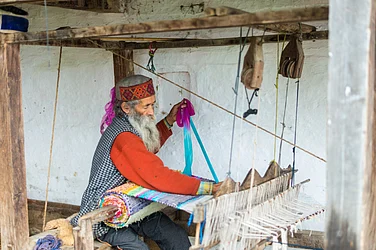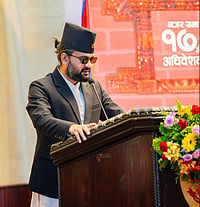The ninth cheetah, a female, out of the 20 cheetahs brought from South Africa for Prime Minister Narendra Modi’s ambitious Project Cheetah died at Madhya Pradesh’s Kuno National Park on Tuesday, stirring up a debate about the conditions in which the wild cats have been rehabilitated to India, how they were being kept and if the continuous deaths could have been prevented.
"This morning, one of the female cheetahs -- Dhatri (Tbilisi) -- was found dead. A post-mortem is being conducted to determine the cause of death," read a statement from the state forest department.
The latest death comes days after a scathing letter to the Supreme Court by South African and Namibian experts – all part of the Cheetah Project Steering Committee – expressed “serious concerns” about the management and complained of how their “expert opinions” were being “ignored”, and how they had to “beg” for information.
What is the Cheetah Project Steering Committee?
The Cheetah Project Steering Committee is an 11-member dedicated team of foreign experts under the Union Ministry of Environment that has been looking into the wild cats' deaths since May this year when it was established by the National Tiger Conservation Authority (NTCA).
It was tasked to monitor the progress of the cheetah reintroduction programme and give advice to the Madhya Pradesh forest department as well as the National Tiger Conservation Authority on opening the cheetah habitat to eco-tourism, suggest regulations etc.
The steering committee is headed by Dr Rajesh Gopal, former head of Project Tiger, and also includes Dr PR Sinha, the former director of the Wildlife Institute of India; WII scientist Qamar Qureshi; as well as Ahmedabad-based social worker Mittal Patel.
What is the letter to Supreme Court about?
According to a report by The Indian Express, the letter dated July 15 was signed by South African veterinary wildlife specialist Dr Adrian Tordiffe on behalf of his colleagues – Cheetah specialist Vincent van der Merwe, and wildlife veterinarians Dr Andy Fraser and Dr Mike Toft. The experts flagged to the Supreme Court that the current management of the project had “little or no scientific training” and was ignoring their opinions. They wrote that they had become “mere window dressing” for the much-vaunted project, Express reported.
The experts also alleged that some of the cheetah deaths could’ve been prevented by “better monitoring” and timely veterinary care.
"The staff at Kuno left the injured male and did not try to locate the female to check if she was also injured following which the condition of the male deteriorated, and he died after a few hours without having received any treatment," the letter claimed, as reported by The Quint.
However, van der Merwe and Fraser are said to have disassociated themselves from the letter. Another letter was issued by Dr Laurie Marker, executive director of Namibia’s Cheetah Conservation Fund, highlighting similar issues. She said that they could help more with the cheetah rehabilitation if they were listened to.
A Fading Hope
Just last month, two male cheetahs – Tejas and Suraj – died due to infection in wounds caused by the radio collars around their necks. Other cheetahs Sasha, Uday and Daksha died earlier. In May, three of the four cubs born to a female Namibian cheetah had also succumbed to extreme heat. The environment ministry had said all cheetah deaths were due to natural causes.
The Supreme Court had then said the death of the cheetahs did not present a "good picture". The top court had asked the Centre to not make it a prestige issue and explore the possibility of shifting the animals to different sanctuaries.
The remaining cheetahs, except the two females, have been brought back to their enclosures for examination. Meanwhile, the remaining cub is being hand-raised for future wildlings.


























